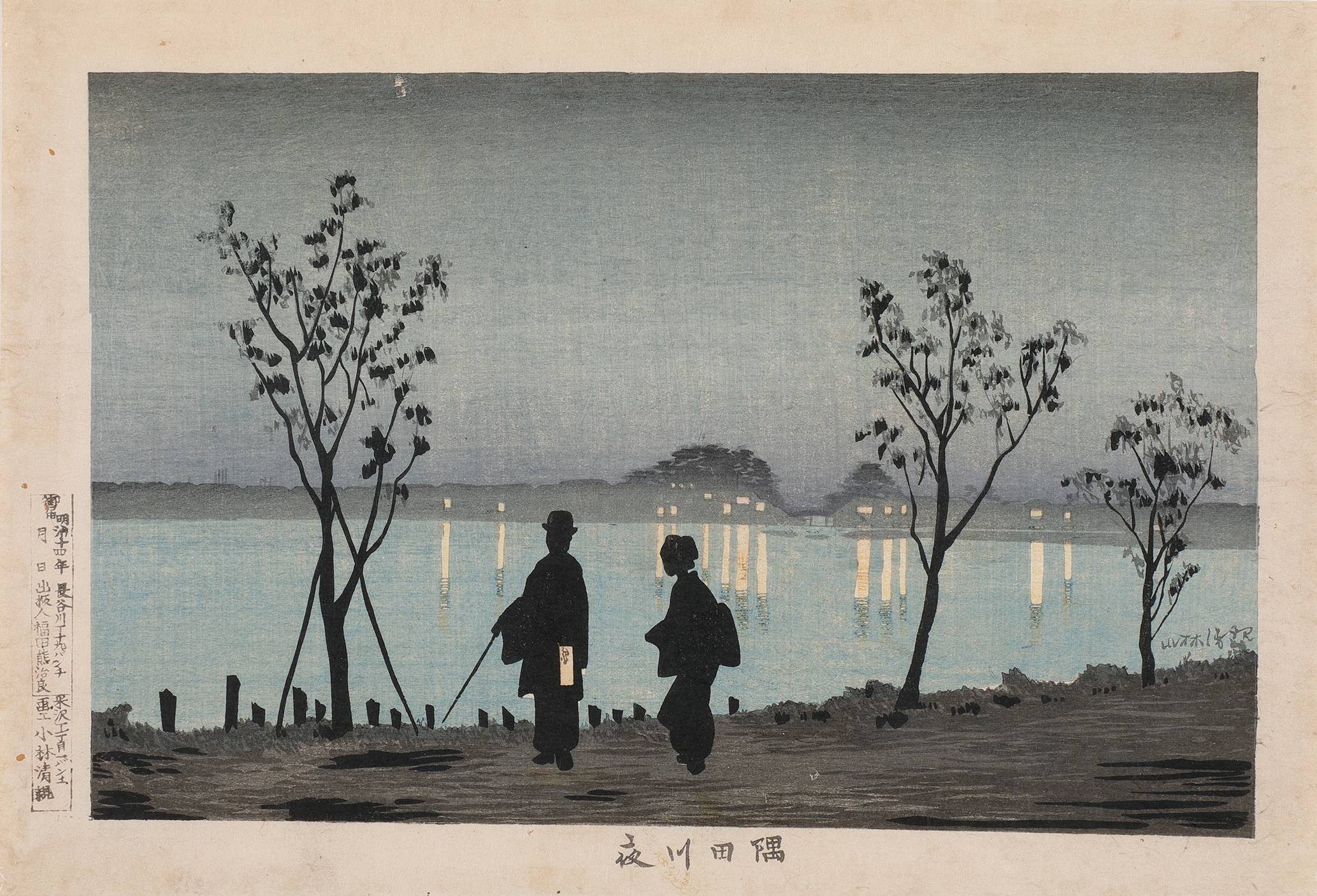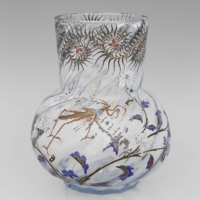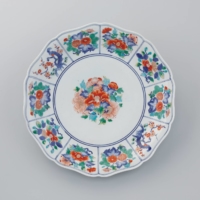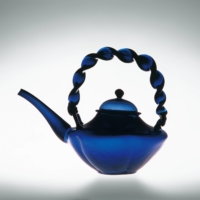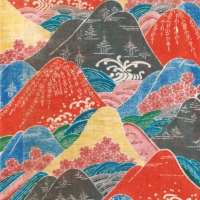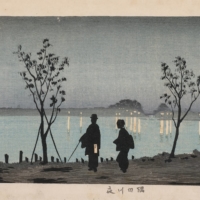Since relocating to Tokyo Midtown in Tokyo’s Roppongi district in 2007, the Suntory Museum of Art has highlighted the aesthetic connections between old and new, national and local, and East and West. The museum’s latest exhibition, open from Dec. 16 to Feb. 28, focuses on beauty borne from the cross-pollination of artistic connections over hundreds of years.
Featuring works that span an approximately 300-year period from the Edo Period (1603 to 1868) to the 1900 Paris Exposition, the latest offering from the Suntory Museum of Art features a vast collection of ceramicware, glassware, textiles and prints. The collection centers on six “stories,” narrated by artworks that shed light on the cultural interactions that contributed to their design and proliferation.
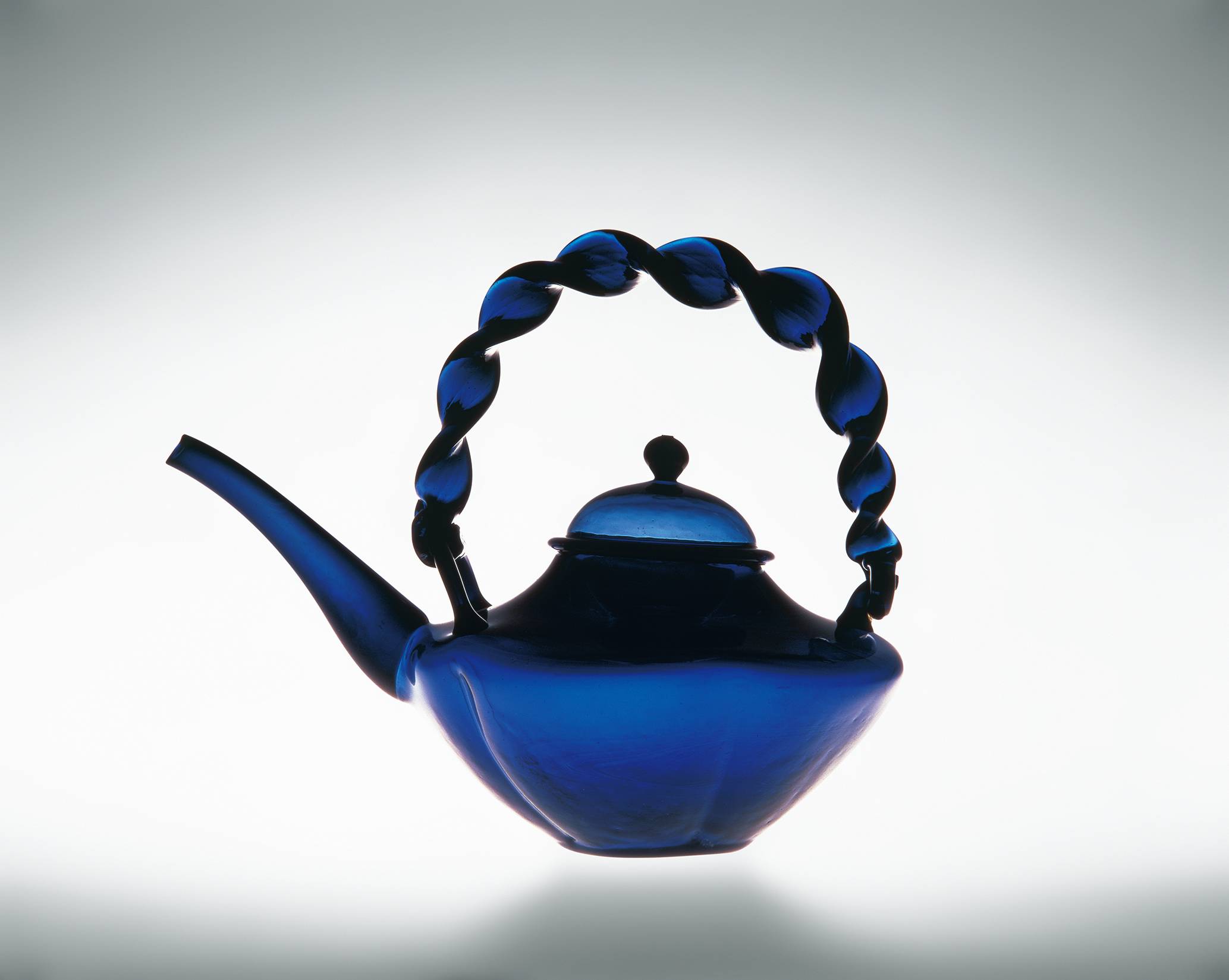
The first story focuses on Imari ceramic ware. Featuring bright colors with beautiful designs, Imari ceramics captivated European merchants traveling to and from Japan via the ports of Nagasaki. The export of Imari ceramics began in the middle of the 17th century, when political instability in China led to a decrease in the number of ceramic exports from the region. To satisfy the demands of European aristocrats, who were the primary consumers of such items, Portuguese and Dutch merchants shifted their attention to Imari ceramics, which quickly garnered popularity following their arrival on European shores.
The second story takes us to Kyushu, where the kiln in the service of the Saga domain once produced Nabeshima ceramic ware. Featuring a wide variety of designs, Nabeshima ceramics were conferred as annual gifts to the Tokugawa shogun. As maintaining the highest quality of the gift was both pride and obligation of the domain, their creators finely tuned their production and design. One of their featured techniques is called sumihajiki, which is known for its striking combination of exposed white porcelain and elegant blue. One of such works at the exhibition is “Three-footed Dish with Pine Trees Design in Underglaze Blue,” an Important Cultural Property characterized by its stylized pine tree motif and finely detailed pine needles.
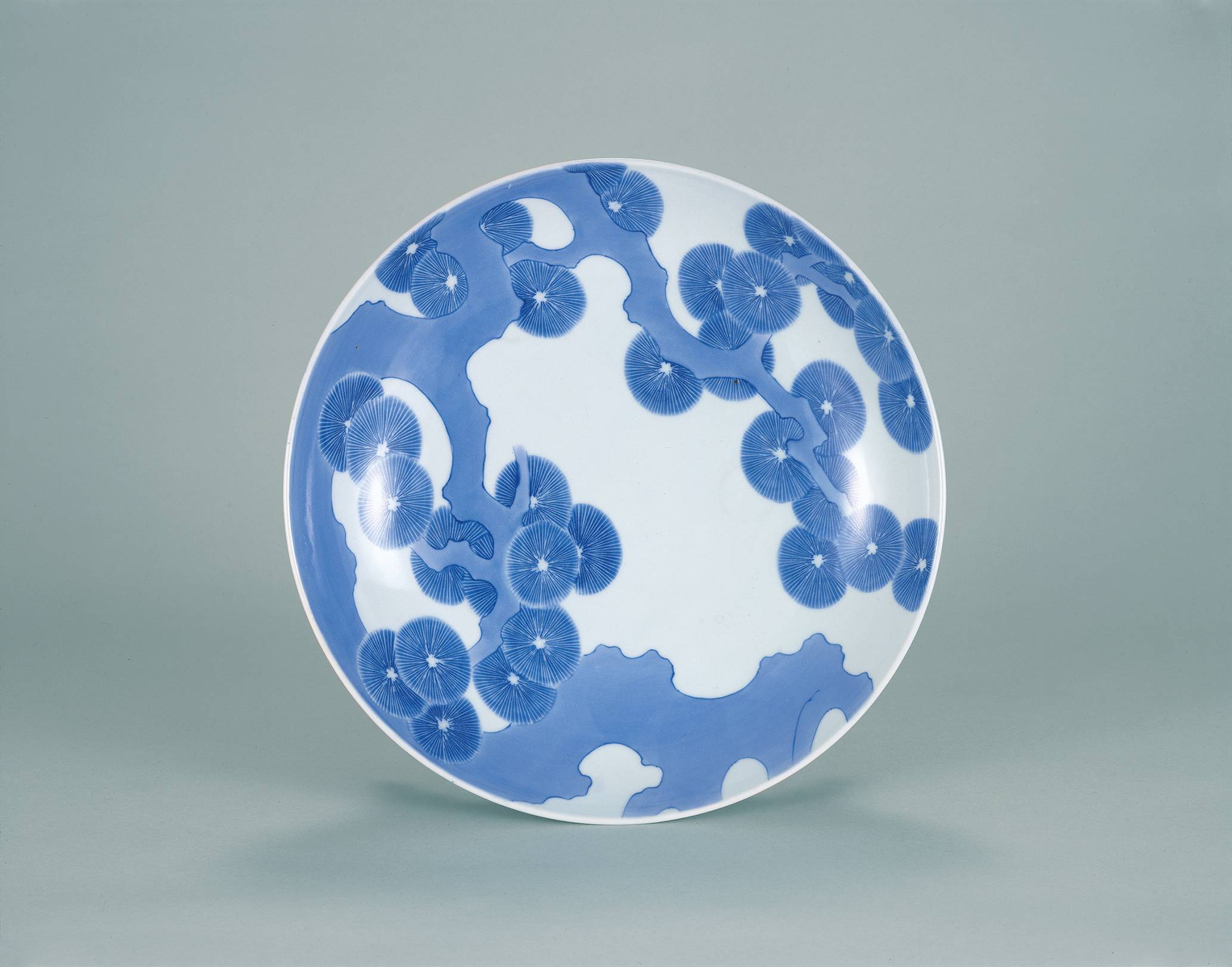
Next is the enchanting bingata dyeing technique that originated in Okinawa during the Ryukyu Kingdom Period (15th to 19th century). The wide range of motifs and vivid colors that characterize this dyeing technique are emblematic of the cultural connections between China, Japan and Southeast Asia. Typical designs contained Chinese phoenixes and peonies, as well as distinctively Japanese cherry blossoms and pine trees, among other motifs. In addition to the representative works of the bingata style, the exhibition highlights the patterned paper that served an important role in creating bingata designs. This patterned paper is more than just a tool of the dyeing process. By employing intricate techniques, craftsmen have used it to create expressions that are completely unique to the material.
Interaction between Japan and Europe led to the production of Japanese glassware in the 17th century. It was the European glassware that circulated through the trade ports in Nagasaki that spurred the full-scale production of glassware in Japan. Jesuit missionaries often gifted European glassware to lords and other Japanese authority figures, who became infatuated with their utility and exquisite ornamentation. Japanese artisans eventually started to produce their own, and these wares took on distinct Japanese characteristics, as reflected by an indigo blue sake ewer on display at the exhibition. The ewer features a rounded, hollow lid that was created with traditional techniques used widely in East Asia that dates back to China’s Northern Sung Dynasty (960 to 1127).
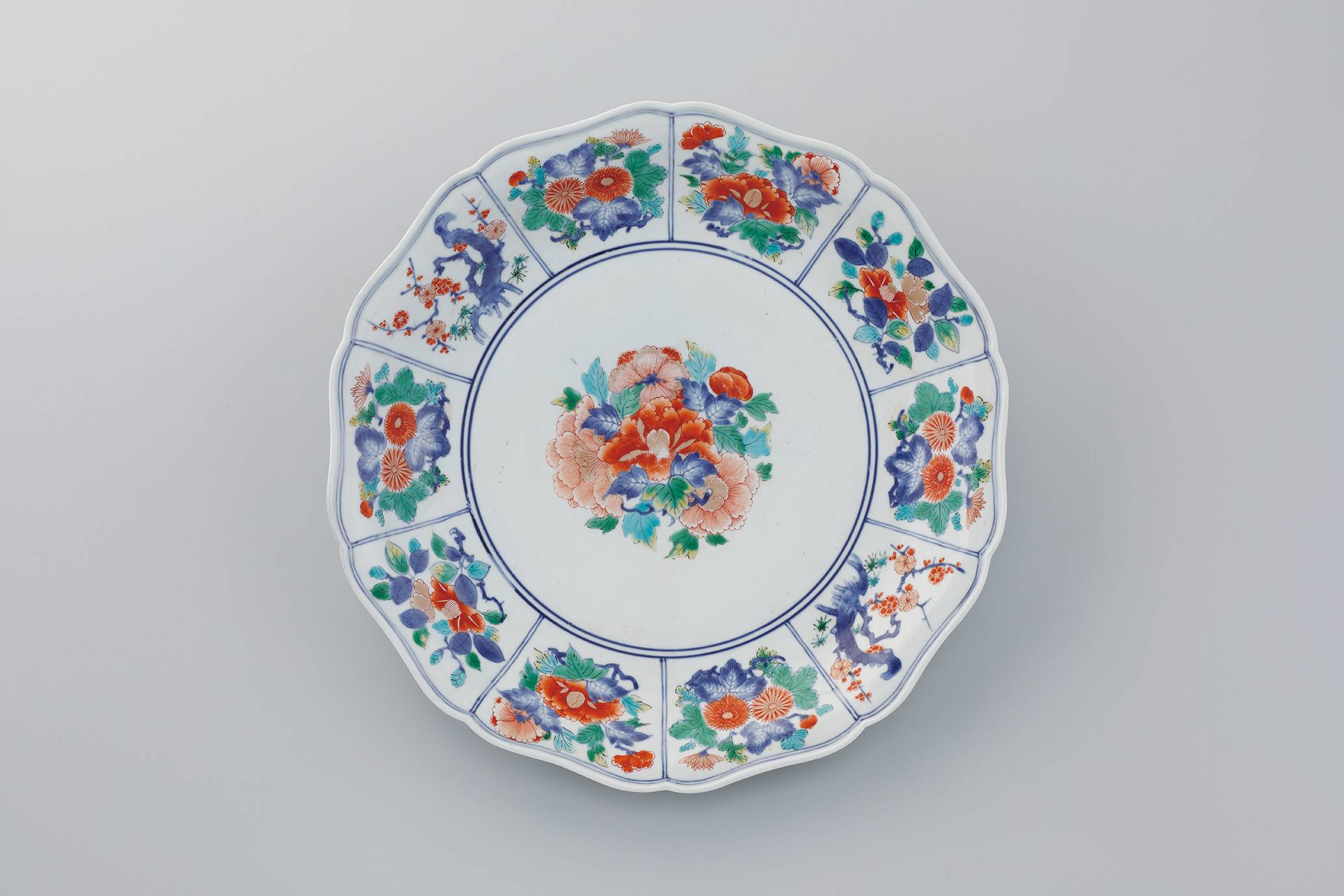
The incorporation of Western techniques into traditional Japanese artworks extended to ukiyo-e, which were popular during the Edo Period. Depicting scenes of commoners going about everyday life, these works garnered the interest of people of all classes. The artists who crafted these works kept up with the latest trends and eventually started incorporating perspective and shading techniques found in Western paintings. This fusion of techniques came to a head near the end of the Edo Period, when information from the West began circulating throughout Japan.
The effects of Western art on ukiyo-e is especially apparent in the works of Kobayashi Kiyochika. Utilizing new ranges of colors, as well as effective shading and lighting techniques, “Night, Sumida River” (1881), and other works by Kobayashi evoke a sense of nostalgia while simultaneously imbuing the ukiyo-e tradition with novel aesthetic expressions.
The final story of the exhibition focuses on the glassworks of French artist and designer Emile Galle. The son of a glassware merchant, Galle attended the Paris and London International Expositions in 1867 and 1871, respectively. The foreign artworks he encountered there left a strong impression on him. After inheriting his father’s company, he began producing glassware that incorporated the aesthetic sensibilities of Japanese, Egyptian, Islamic and Chinese cultures. The works featured at the exhibition are mostly pieces influenced by Japanese aesthetics.
The exhibition “Art Revisited, Beauty Revealed: Six Storied Exchanges” is open 10 a.m.-6 p.m. (8 p.m. on Fridays, Saturdays and Jan. 10, Feb. 10 and 22). The museum is closed Tuesdays (except Feb. 23) and from Dec. 28 to Jan. 1. Admission is ¥1,500 for general visitors, ¥1,000 for high school and university students and free for junior high school students and younger.
The Suntory Museum of Art is in Tokyo Midtown, directly connected to Roppongi Station or three minutes from Nogizaka Station.
Suntory Museum of Art
https://www.suntory.com/sma/
TEL: 03-3479-8600
Tokyo Midtown Galleria 3F, 9-7-4 Akasaka, Minato-ku, Tokyo 107-8643, Japan



